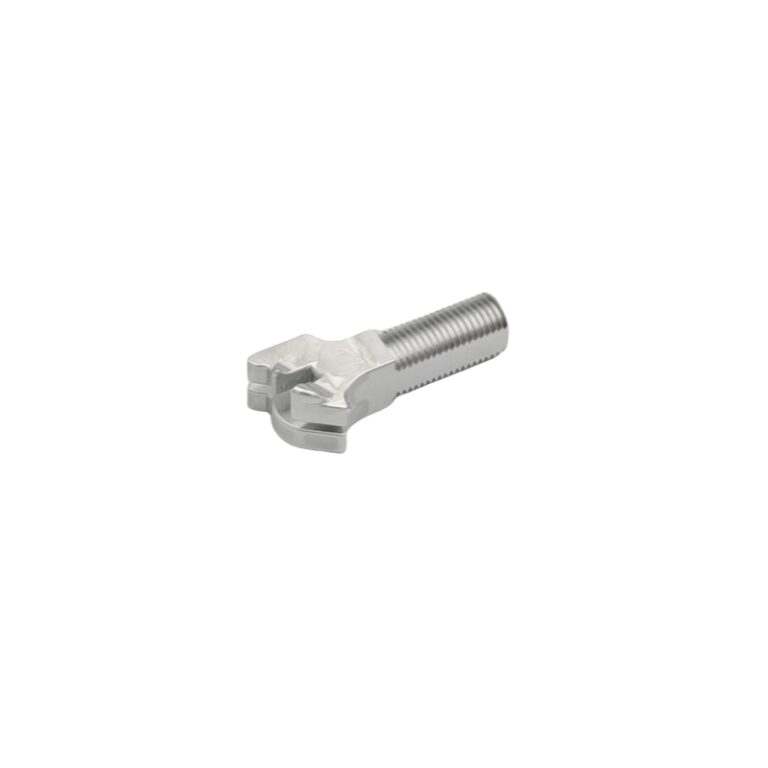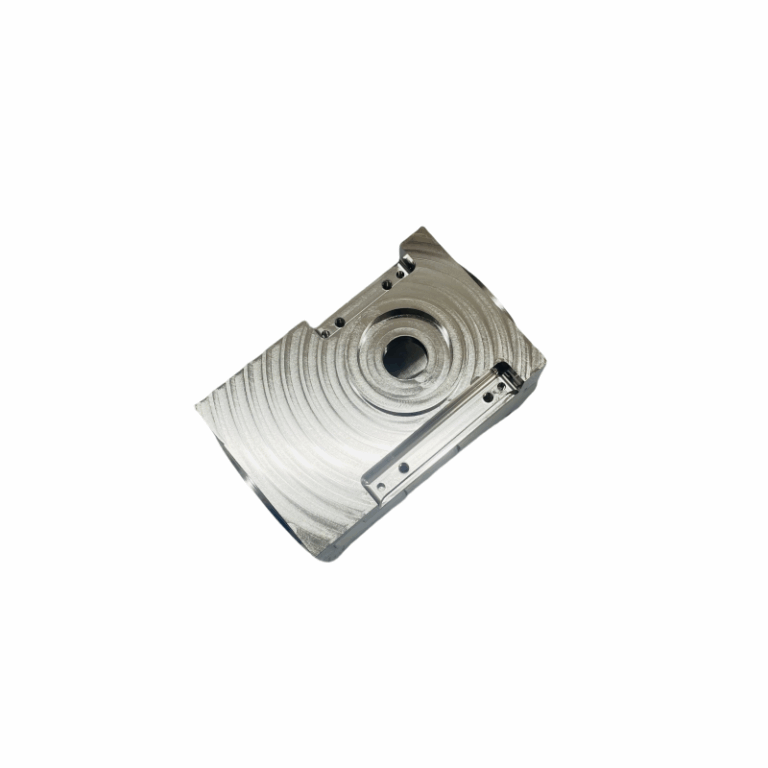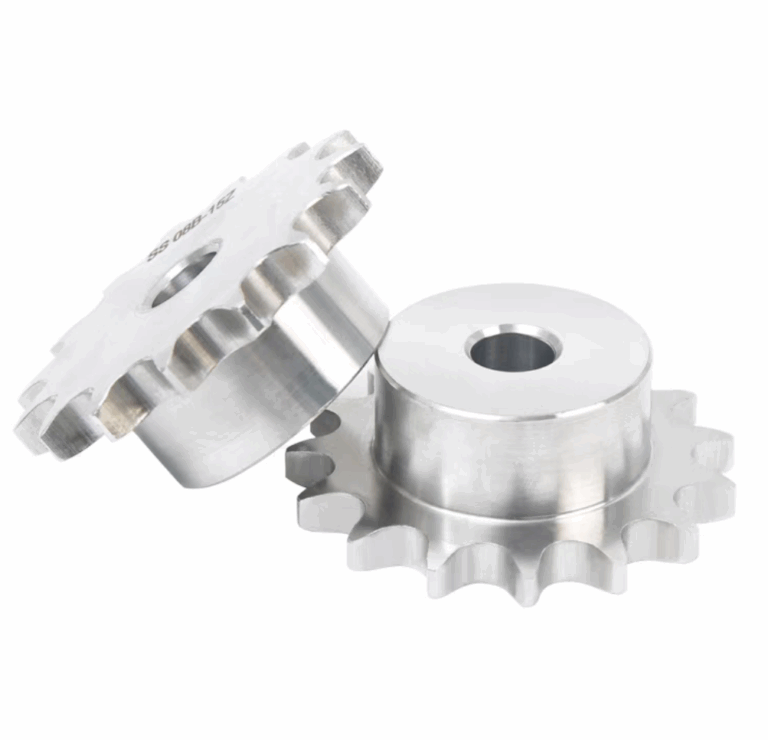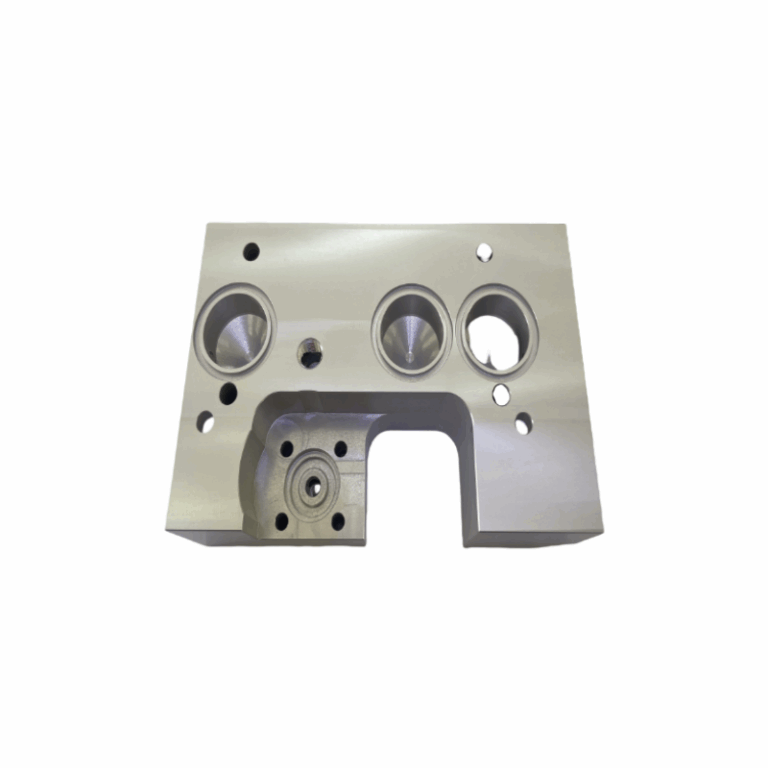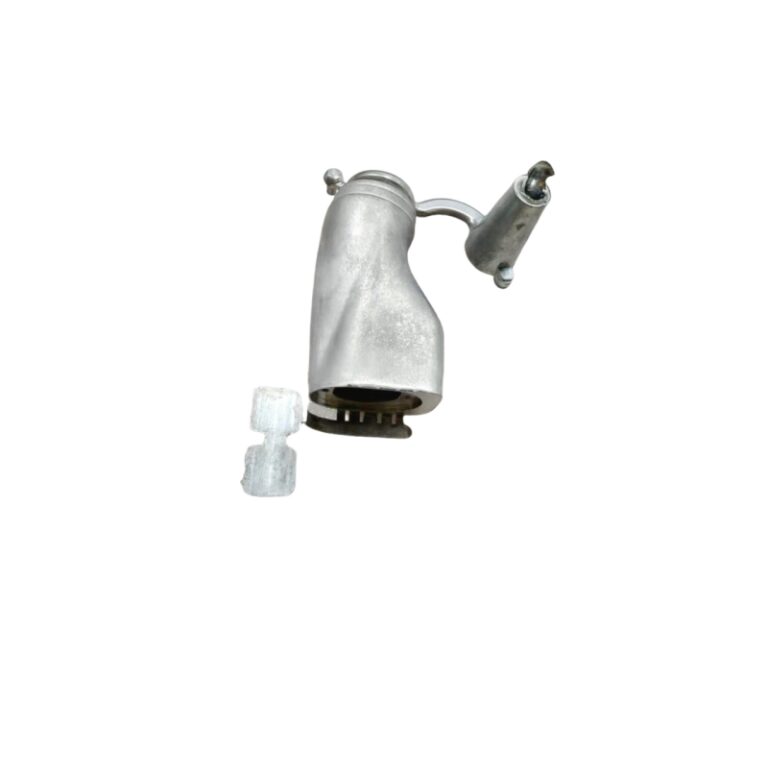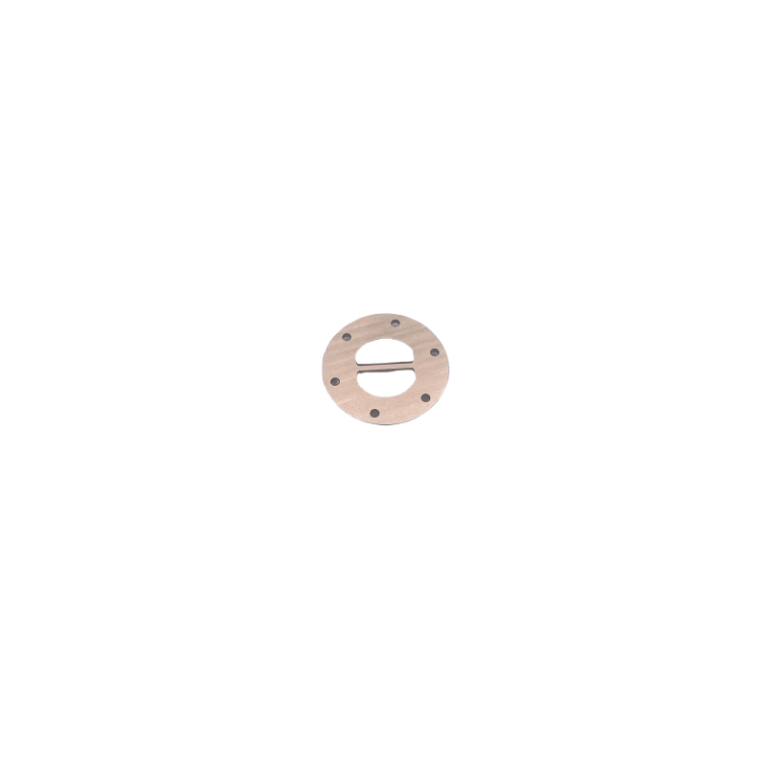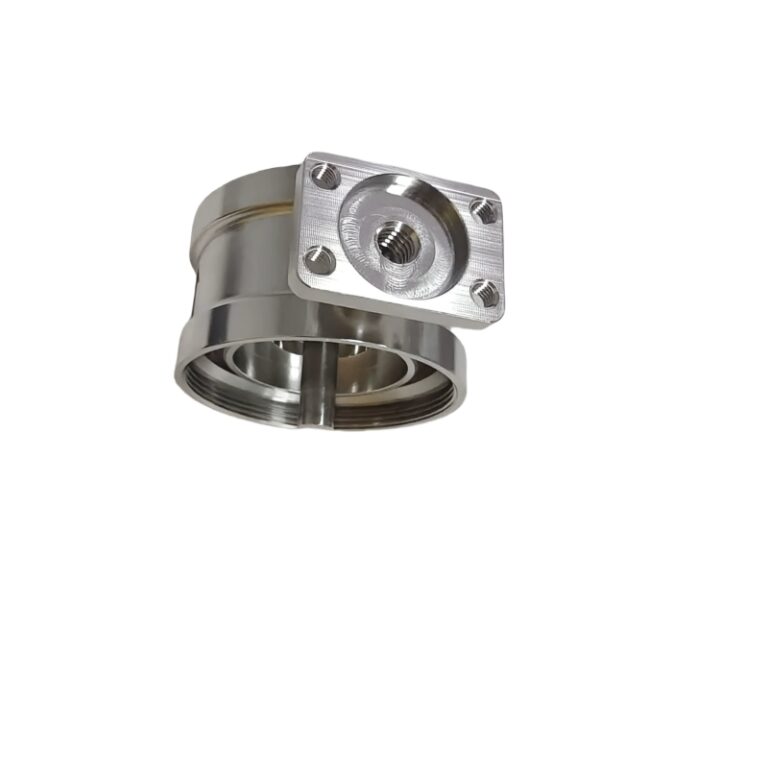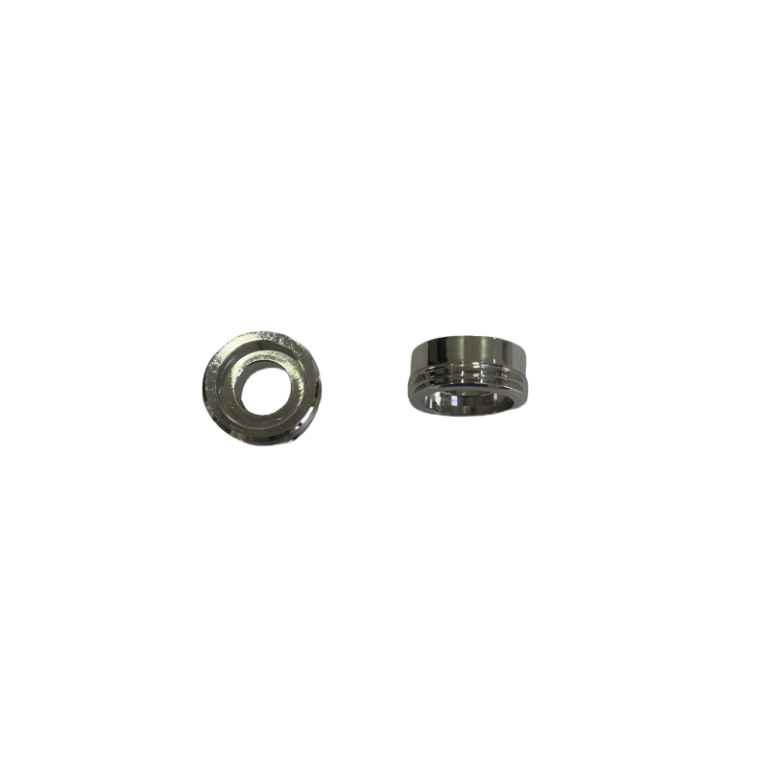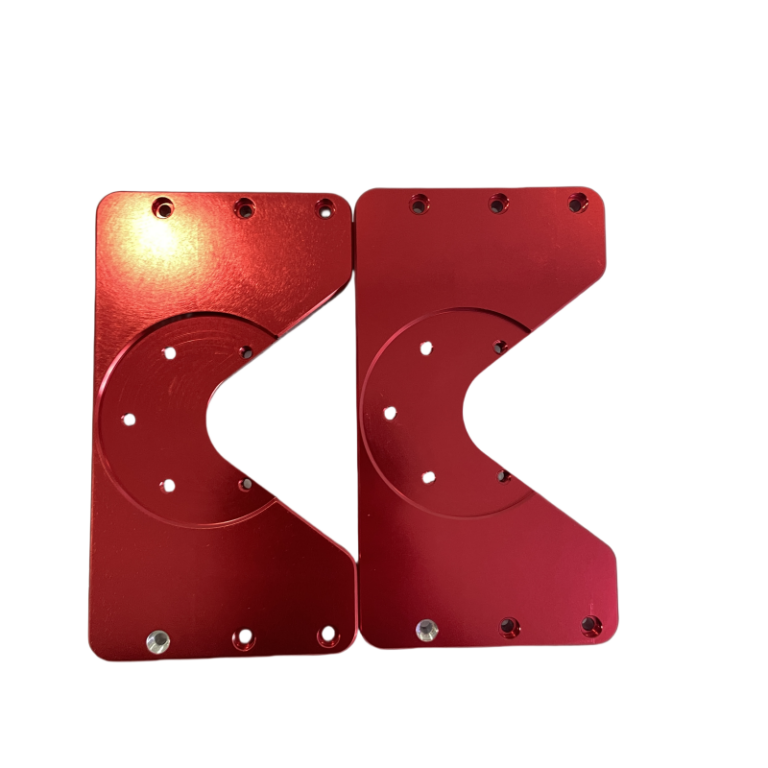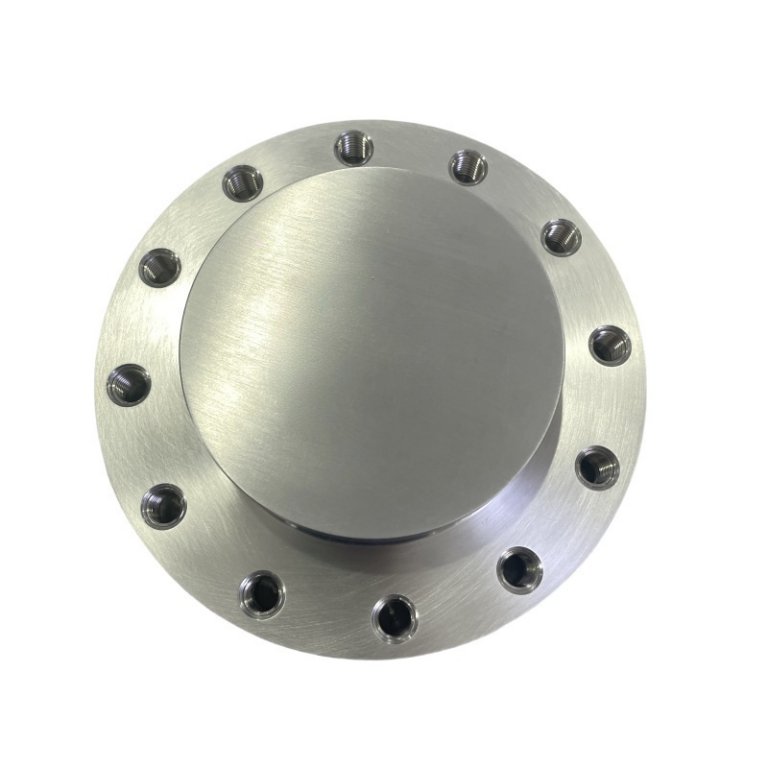Anode oxidation is a surface treatment process, which uses electrochemical reactions to enhance the process of antioxidant and corrosion resistance on the surface of the workpiece. Anode oxidation is commonly used to prevent surface corrosion in metal alloys such as aluminum, aluminum alloy, and magnesium alloy. It can not only enhance the hardness of metal but also has a beautification effect. It is one of the most common surface treatment processes for metals and alloys.
In this article, we will introduce the definition, principle, process steps, advantages, and maintenance.
What is anode oxidation?
Anode oxidation is the electrochemical oxidation of metals or alloys. Under the corresponding electrolyte and specific process conditions of aluminum and alloys, due to the action of adding current, a process of forming a layer of oxide on aluminum products (anode).
The principle of anode oxidation:
The principle of anode oxidation is to form an oxide film on the metal surface through electrochemical reactions, and this oxide film is protective. In the electrochemical response, the anode on the metal surface is oxidized, and the oxygen ions in the electrolyte are restored to form oxide. The thickness and properties of the oxide film depend on factors such as electrolyte composition, electrolyte concentration, electrolyte temperature, current density, and oxidation time.

Anode oxidation process steps:
1: Pre-processing
Pre-processing mainly includes cleaning and chemical treatment on the surface of the workpiece. Oil and other impurities may cause surface defects or color differences between the finished product of the anode oxidation, so the surface must be completely cleaned. If necessary, chemical erosion can be performed on the surface to ensure that the surface of the workpiece does not contain defects.
2: Anode oxidation
The main basis for choosing anode oxidation technology is the chemical composition and microtissue of aluminum alloy. In addition, the history of workpieces (such as cast state, forging processing, heat treatment status, etc.) of workpieces is also an important consideration. The antibody oxidation process parameters include electrolyte temperature, current density, voltage, and oxidation time.
3: Coloring
After the acidic electrolyte anode oxidation is treated, the surface layer of the workpiece will form a porous structure of the oxidation layer. This porous structure can adsorb other materials like a sponge, and change the state of the workpiece surface. Because the oxidation layer itself is colorless, the surface of the workpiece appears in different colors after adsorbing dyes or dyes.
4: Closed
Closing is the last step of the anode oxidation process. Its role is to close the pores of the oxidation layer from the outside to ensure that the surface of the workpiece is in a more stable state. The commonly used pore-closed method is to immerse the workpiece in ionic water that contains closed reagents and is boiling. The time of immersion is generally equal to the role of the formation of oxide.
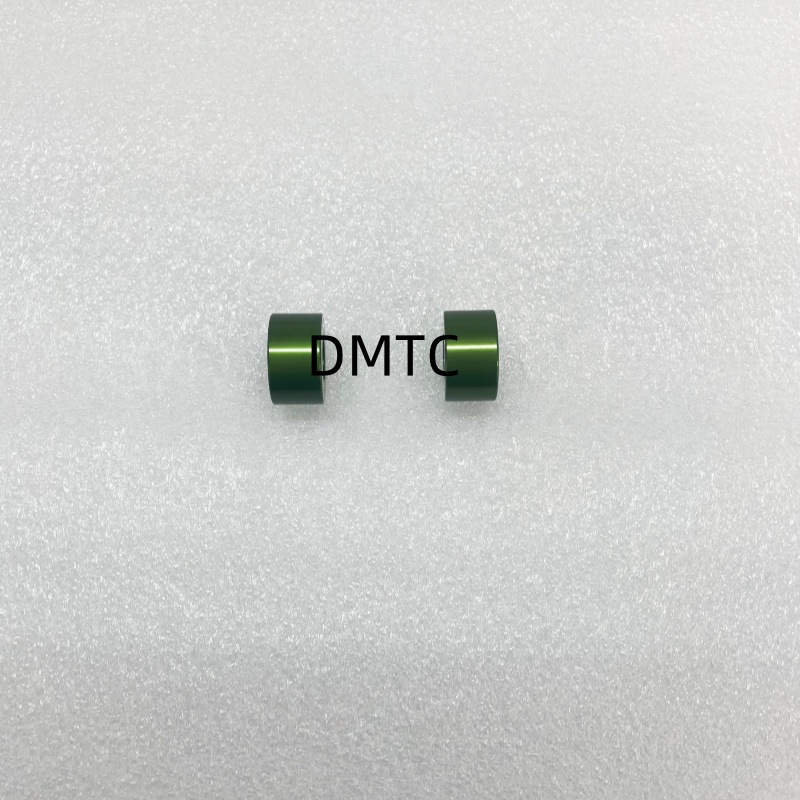
What materials are suitable for anode oxidation?
Aluminum and aluminum alloy are metals with the most anode oxidation technology. Other metals that can apply anode oxidation technology include magnesium, zinc, titanium, etc. The anode oxidation technology does not apply to black metals (such as carbon steel). This is because the iron of iron (rust, including Feo and Fe2O3) itself is not dense and very loose with the substrate, and cannot play an overall oxidation.
Advantages of anode oxidation:
1: Enhance the corrosion resistance: The anode oxidation can form a dense oxide film on the metal surface, which effectively prevents metal from being oxidized and corroded, thereby increasing the corrosion resistance of the metal.
2: Increasing hardness: The anode oxidation treatment can increase the hardness of the metal surface, make it more wear-resistant, and scratch-resistant, and extend the service life.
3: Improve the appearance: The anode oxidation treatment can form different colors of oxide film on the metal surface, increasing its appearance and decorativeness.
4: Enhanced insulation: anode oxidation treatment can form a layer of insulating oxide film on the metal surface, improve the insulation performance of metal, and is suitable for the electronics industry and aerospace.
What do you need to pay attention to after the anode oxidation?
Maintenance:
The anode oxide has the effect of protecting and decorating, but long-term or improper use may cause damage. To maintain the beauty and durability of the product.
The following points should be noted:
1: Avoid scraping or impacting the anode oxide surface, so as not to leave scratches or damage.
2: Avoid exposing aluminum products to the sun or under extreme temperatures for a long time, so as not to cause deformation or aging.
3: Avoid contact with the anode oxidation with the contact with chemicals, such as acid-base liquid, organic solvents, chloride, etc. So as not to cause corrosion or damage to the surface.
4: Regularly check whether the anode oxide film is damaged or cracks, and repairs or resume anode oxidation in time.
5: If you need to transport or store products, make sure it is properly packed and fixed to avoid damage during transportation.
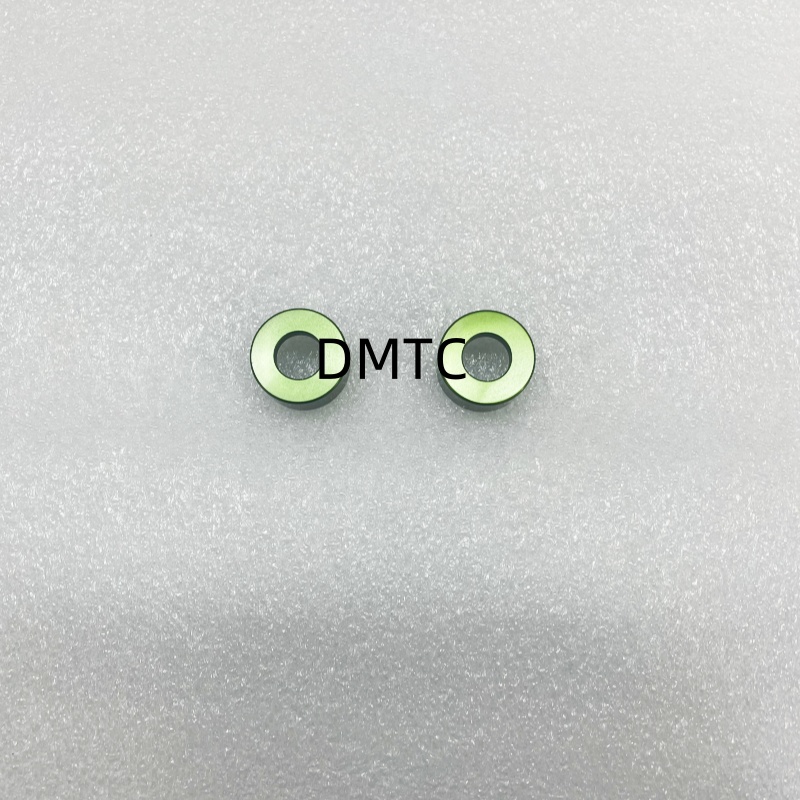
Choose DMTC’s excellent surface finishing solution
DMTC has more than ten years of experience in anode oxidation surface treatment. The products we have dealt with have strong corrosion resistance and antioxidants. Its products are widely used in the electronics industry, ships, and aerospace fields. We have first-class surface treatment technology, as well as other surface treatment processes such as polishing, plating, black oxidation, sandblasting, etc.
Conclusion
The anode oxidation plays a key role in determining the corrosion resistance, antioxidant function, and overall quality of the product. It greatly improves the performance of the workpiece. It is one of the mature surface treatment processes in the current manufacturing.

